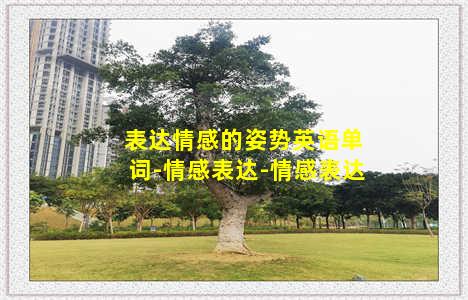
Our bodies have a language of their own. Every gesture, movement, and posture that we adopt conveys a lot about how we are feeling at any given moment. Certain postures are closely associated with specific emotions, such as confidence, happiness, sadness, fear, and so on. In this article, we will explore some common postures that express emotions and how to interpret them.
1. The Power Pose
The power pose is a posture of confidence and strength. It involves standing tall with feet shoulder-width apart, hands on hips, and chest puffed out. This pose is associated with feelings of empowerment, assertion, and dominance. It is often used in job interviews, presentations, and other situations where one wants to convey authority and confidence.
2. The Happy Dance
The happy dance is a joyful posture that involves jumping, shaking, and moving your body in a carefree and spontaneous manner. This posture is associated with feelings of excitement, elation, and happiness. It is often used to celebrate good news, achievements, and special occasions.
3. The Collapse
The collapse is a posture of sadness and exhaustion. It involves slumping down with shoulders drooping, head down, and arms hanging limply. This posture is associated with feelings of powerlessness, helplessness, and despair. It is often used to express grief, disappointment, and depression.
4. The Defensive Stance
The defensive stance is a posture of fear and anxiety. It involves standing hunched over with arms crossed, shoulders rounded, and eyes downcast. This posture is associated with feelings of defensiveness, self-protection, and insecurity. It is often used when one feels threatened or vulnerable.
5. The Open-Arms Pose
The open-arms pose is a posture of openness and receptivity. It involves standing with arms outstretched, palms facing up, and head tilted back. This posture is associated with feelings of trust, vulnerability, and acceptance. It is often used to express affection, gratitude, and forgiveness.
6. The Crossed Arms
The crossed arms posture is often associated with a defensive or closed-off attitude, however, it can also convey a number of different emotions. Crossed arms can also communicate a sense of self-assuredness or even aggression. Ultimately, the meaning behind the crossed arms posture depends on the context in which it is used and the accompanying facial expression.
In conclusion, our body language plays a crucial role in expressing our emotions and conveying our inner state of mind. By paying attention to the postures and gestures of others, we can gain valuable insights into their thoughts and feelings, and develop a better understanding of their needs and desires. Similarly, by becoming more aware of our own body language, we can learn to communicate more effectively and authentically, and foster deeper connections with those around us.
